Women in distance running: is the gender gap closing?
More and more races are being won outright by women, and The North Face ultrarunner Anne Bouchard believes women will continue to make gains on men
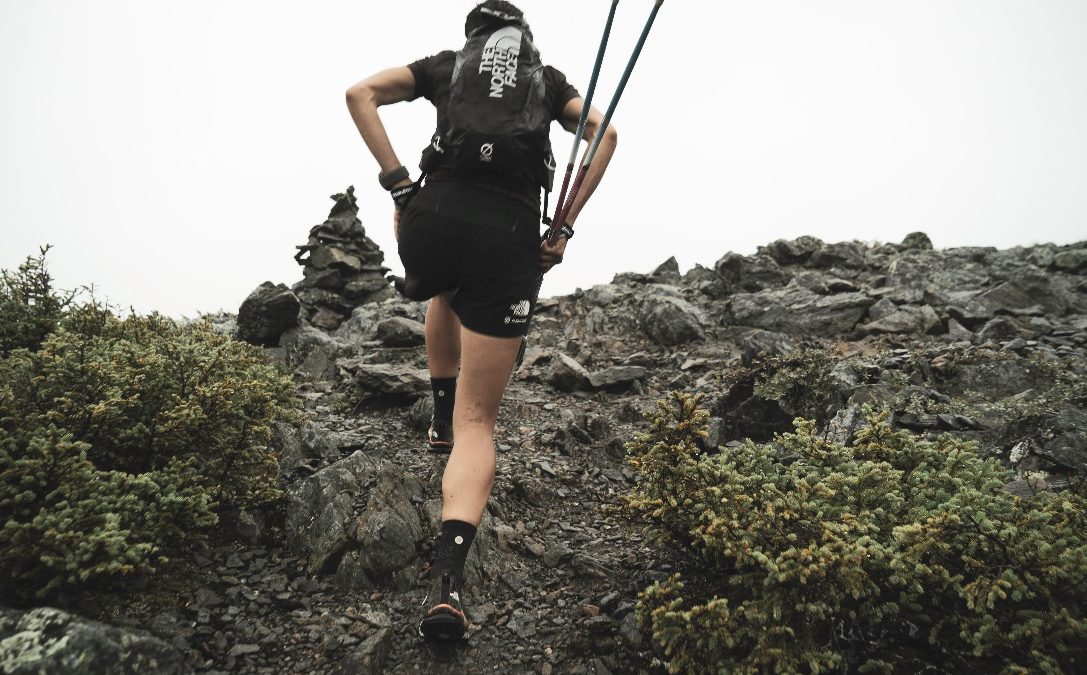
For generations, men have been faster than women in races of all distances, but over the last couple of decades, we’ve begun to see a shift. More and more women’s names are showing up at the tops of leader boards in ultra-endurance events, and the number of female participants in running events of all lengths has risen dramatically. There is some research to suggest that the gender gap in distance running is closing (especially at the more extreme ultra distances), and we spoke with Quebec-based The North Face ultrarunner Anne Bouchard to get her take on the changing landscape of distance running.
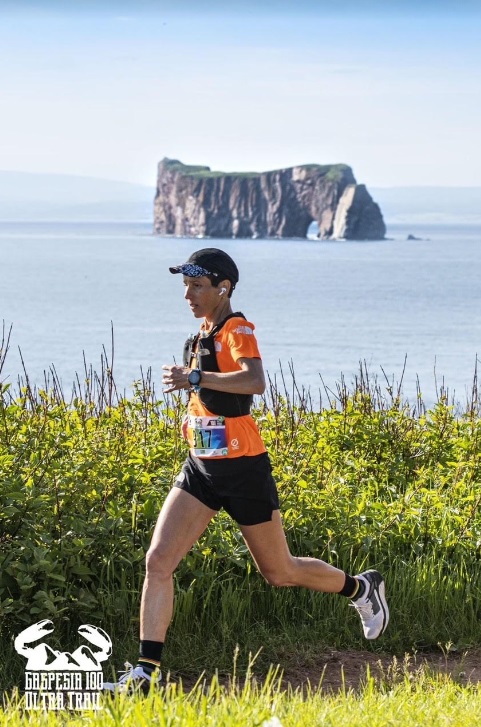
Women in endurance running: the research
In 1992, researchers published a paper in which they analyzed the performances of men and women in both short- and long-distance events and came to some startling conclusions: women’s performances appeared to be improving at a much faster rate than men’s, and, based on their trajectory, they would eventually catch up. The researchers then made the bold claim that the first instance of a woman beating a man at a long-distance race would happen only a few years later, in 1998.
This didn’t happen quite as soon as predicted, but there have been many outright wins by women in recent years, and even a few instances where the women have broken men’s course records as well as women’s.
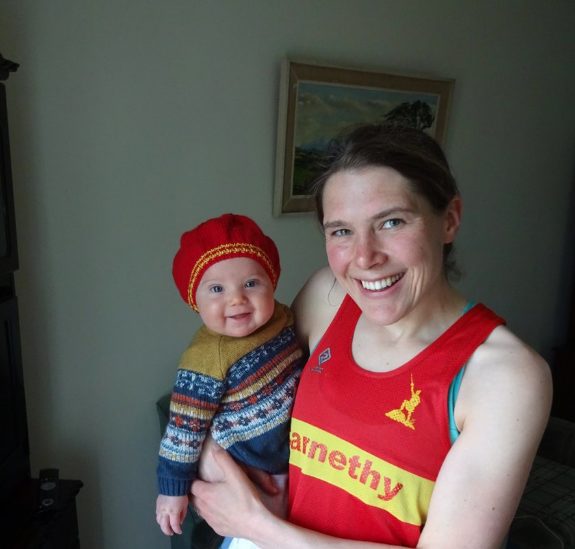
Take, for example, British runner Jasmin Paris. In 2019 she won the gruelling 268-mile Montane Spine Race outright. Not only did she beat all the women and men, but she broke the women’s record by more than 24 hours and the men’s by more than 12 hours. Even more impressive, she had recently had a baby, and was making frequent stops to express breastmilk throughout the race.

There are a number of other examples, notably American runners Camille Herron and Courtney Dauwalter. In 2018, Herron won the Desert Solstice Track Invitational 100-miler outright (in 13:25), while breaking both the 24-hour world record (262.192 kilometres) and the USATF 100-mile world record on the track. Dauwalter has won more than 10 ultras outright, including the 2020 Big’s Backyard Ultra, the 2018 Continental Divide 50K and the the 2017 Moab 240.
Various other races have been won outright by women in recent years, and several FKTs are currently held by women as well. Last year, a couple of FKTs by women stood out: Karen Holland’s on Ontario’s 900-km Bruce Trail, and Quebec-based North Face athlete Anne Bouchard established the FKT on the GRA1 (Sentier International des Appalaches), a 650 km route with 24,000 feet (7,315 m) of elevation gain in 11 days, 8 hours, 21 minutes and 41 seconds.
Somehow, Bouchard finds time to train between raising two kids and working 50 hours a week at her corporate job. She says she has met many female ultra-endurance runners over the years, and believes that women have a unique ability to push through pain. “It’s about having that speed that you can hold for so many kilometres, and then feeling the pain and just going beyond it,” she says. “I guess that’s the strength that women have for long distances.”
Male vs. female pain
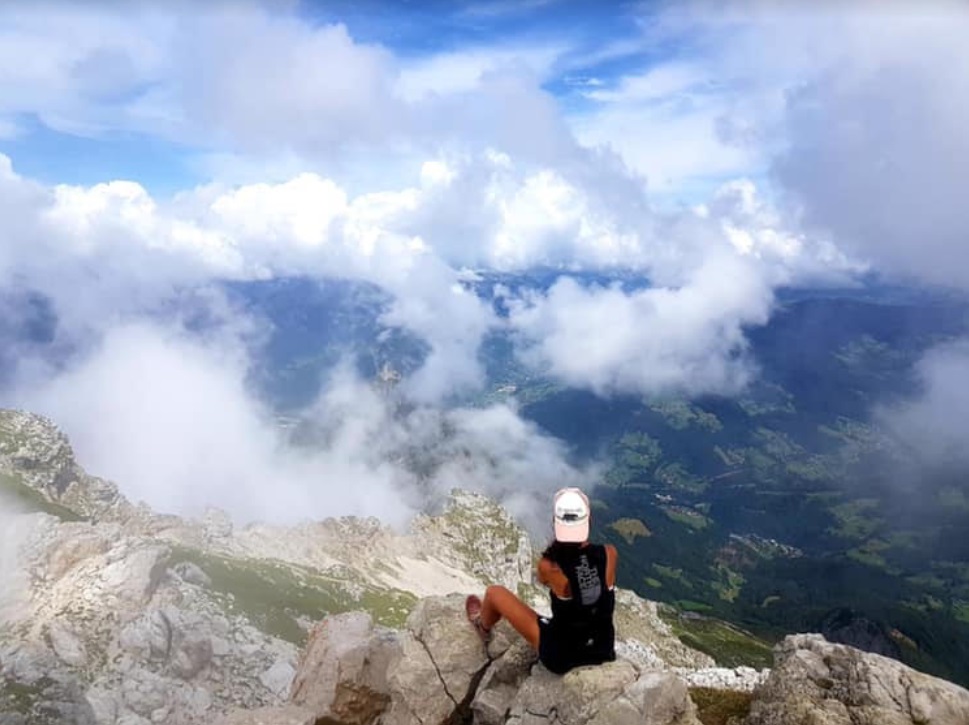
Most of the research comparing men’s and women’s experience of pain suggests that women are more sensitive to pain and have a lower pain threshold. Interestingly, a 2019 study from McGill University found that men remember past painful experiences more clearly than women, which made them more stressed and hypersensitive to later pain when they return to the location where they experienced it.
Some researchers have theorized that being less able to remember past pain may be helpful for women in long, multi-day endurance events. (Some have suggested that this forgetfulness, applied to the pain of childbirth, is what allows them to have multiple children.)
Bouchard, for her part, thinks there’s something to that. “Women have been giving birth, and it’s something that is programmed—we know that there’s some pain and we have to go through it,” she says. “It has to go this way, it has to come out. You have no choice.” She adds that even women who have never given birth seem to have that ability to endure.
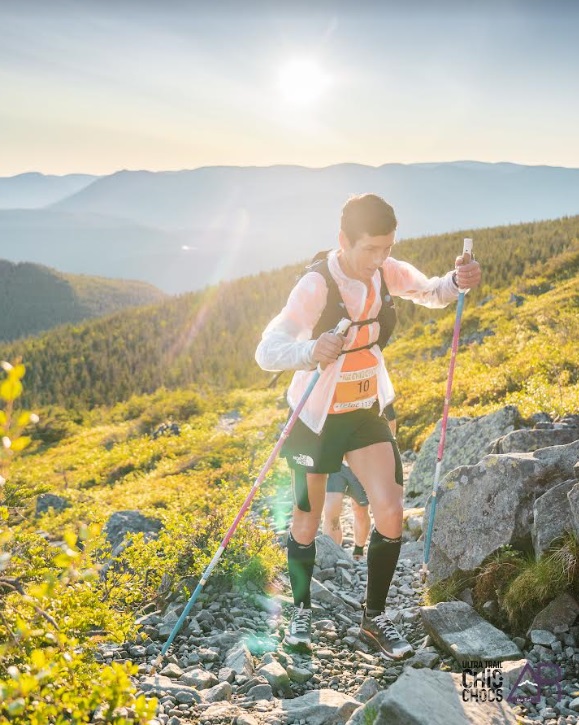
The gender gap in elite distance running
Of course, when you compare the fastest men in the world with the fastest women in the world, the men are still markedly quicker, but this misses the point. The debate is whether the performance of the average woman is catching up to that of the average man, and that appears to be true.
Even when you look at the elites, however, you can see how quickly the women have been catching up. Since 1970, the men’s marathon record has been lowered by about six minutes. By contrast, during that time the women’s record has fallen by more than 45 minutes. In ultra-endurance events, as we’ve seen, this gap appears to be closing even more rapidly.
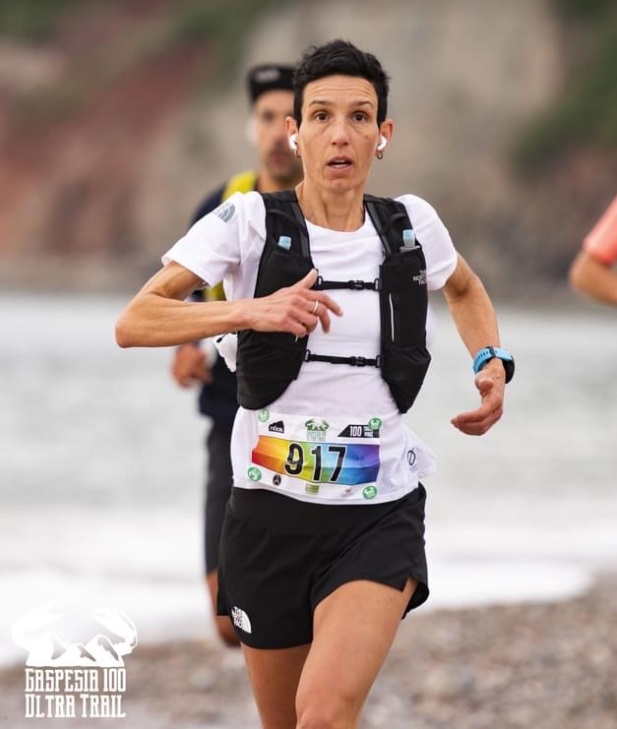
Will women catch up to men?
Many experts believe that women will eventually run as fast as their male counterparts, but it’s impossible to say when that will happen or how long it will take. Women have been participating in sports, particularly distance running, for far fewer years than men, and it takes time to catch up to such a massive head start.
“Men have been physical for so long,” says Bouchard. “Perhaps at the beginning… but if you add up all these years, of course men are ahead physically. How many years is it going to take for us to get ahead of them? I don’t know.”
Of course, the more women who get involved in running, the more women’s athletics will continue to improve, and Bouchard encourages all women not to limit themselves. “If you want to improve, do what needs to be done,” she says. “Forget you’re female, forget age, forget that you have to work 50 hours, forget whatever—do what your dreams show you.”


